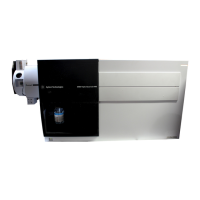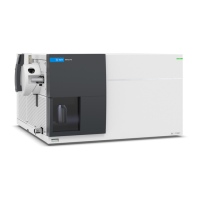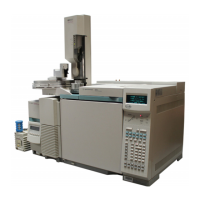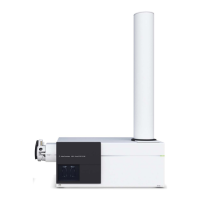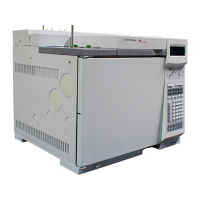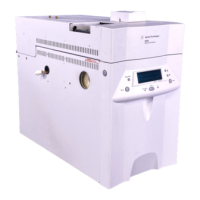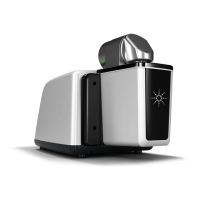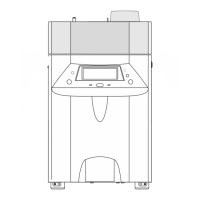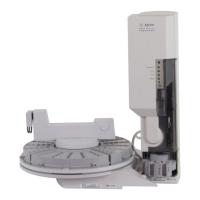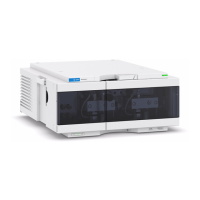Exercise 2 – Develop a Dynamic MRM method from an MRM acquisition data file or an MRM method
Task 4. Create a Dynamic MRM method from an MRM method
40 Agilent 6400 Series Triple Quad LC/MS Familiarization Guide
Task 4. Create a Dynamic MRM method from an MRM method
You can create a Dynamic MRM method directly from an MRM method by
using the Paste from Clipboard command from the shortcut menu. You need
to manually enter the retention time.
Steps Detailed Instructions Comments
1 Open the method iiiSulfamix
MRM_10.m and save it to a new
name with the format iiiSulfamix
dMRM2.m, where iii are your
initials.
a Click File > Open > Method.
b Select the iiiSulfamix MRM_10.m
method.
c Click OK.
d Click Method > Save As.
e Type the new method name with the
format iiiSulfamix_dMRM2.m.
f Click the Save button.
2 Copy all compounds from the Scan
segments table in the MRM
method.
a Click the Acquisition tab in the QQQ
tab in the Method Editor.
b Select all of the rows in the Scan
segments table.
c Right-click the Scan segments table
and click Copy.
• To select all of the rows in the Scan
segments table, you select the first
row in the table, Then, you scroll to
the last row in the Scan segments
table. Press the Shift key and select
the last row in the table.
3 Change the Scan Type to Dynamic
MRM and paste the rows into the
new Scan segments table.
a Select Dynamic MRM for the Scan
Type.
b Right-click the Scan segments table
and click Paste from Clipboard.
c Click Method > Save.
• To combine multiple Time
Segments into one Dynamic MRM
Time Segment, you paste the Scan
segments into Excel and create one
long list. Then, you copy all of the
Scan segments in Excel.
4 Enter the retention times and
delete the original compound.
a Type the value for the Ret. Time (min)
for Sulfachloropyridazine.
b Type the value for the Ret. Time (min)
for Sulfadimethoxine.
c Type the value for the Ret. Time (min)
for Sulfamethazine.
d Type the value for the Ret. Time (min)
for Sulfamethizole.
e Select the original compound in the
Scan segments table.
f Right-click and click Delete Row.
g Click Method > Save.
• Retention time is different for
different systems and columns. For
the example data files, enter the
following values:
• Sulfachloropyridazine: 0.65
minutes
• Sulfadimethoxine: 2.03 minutes
• Sulfamethazine: 0.98 minutes
• Sulfamethizole: 0.37 minutes

